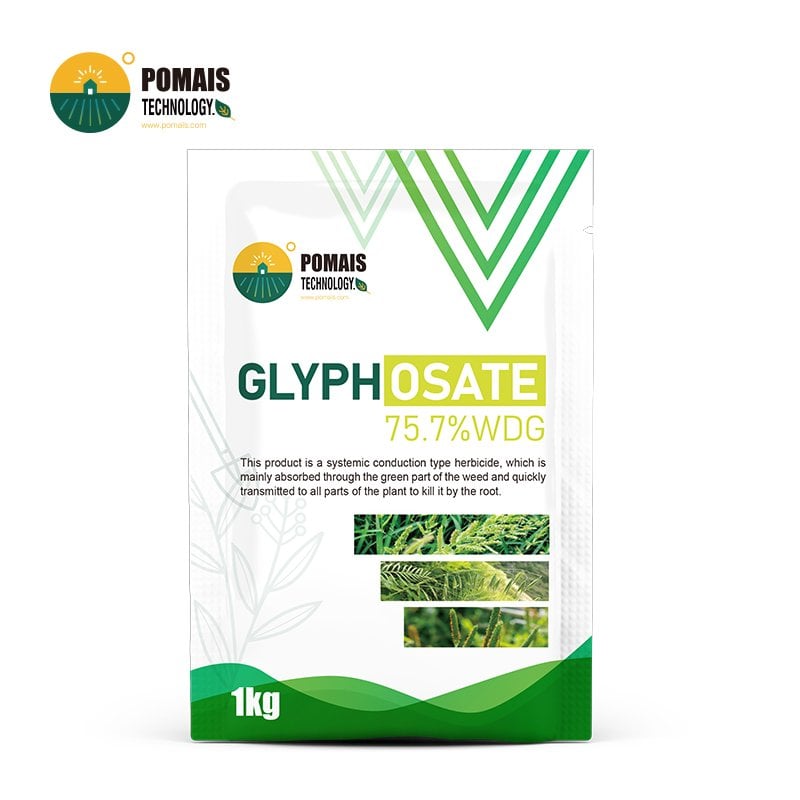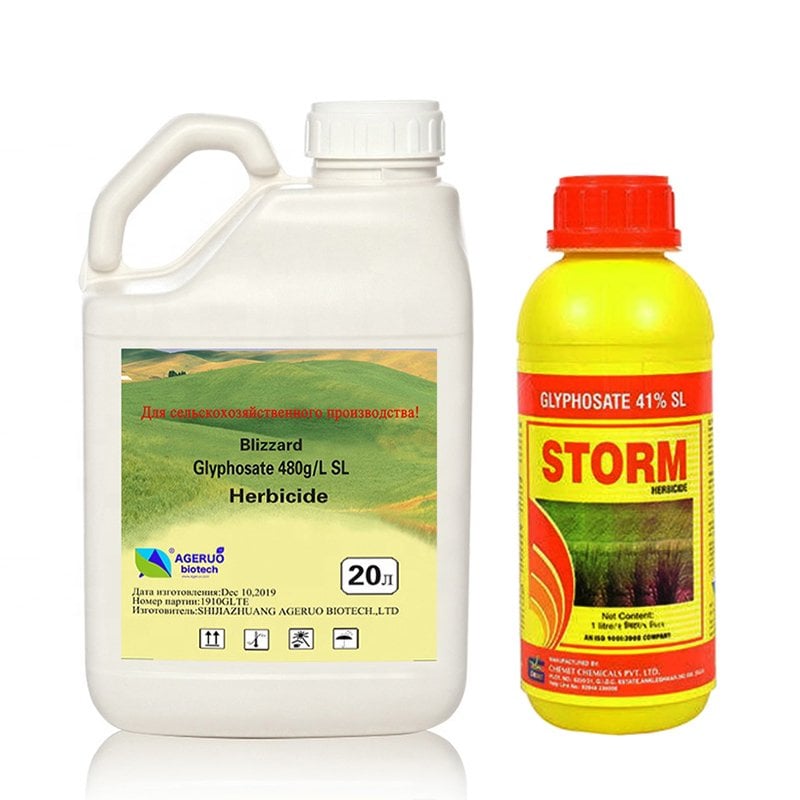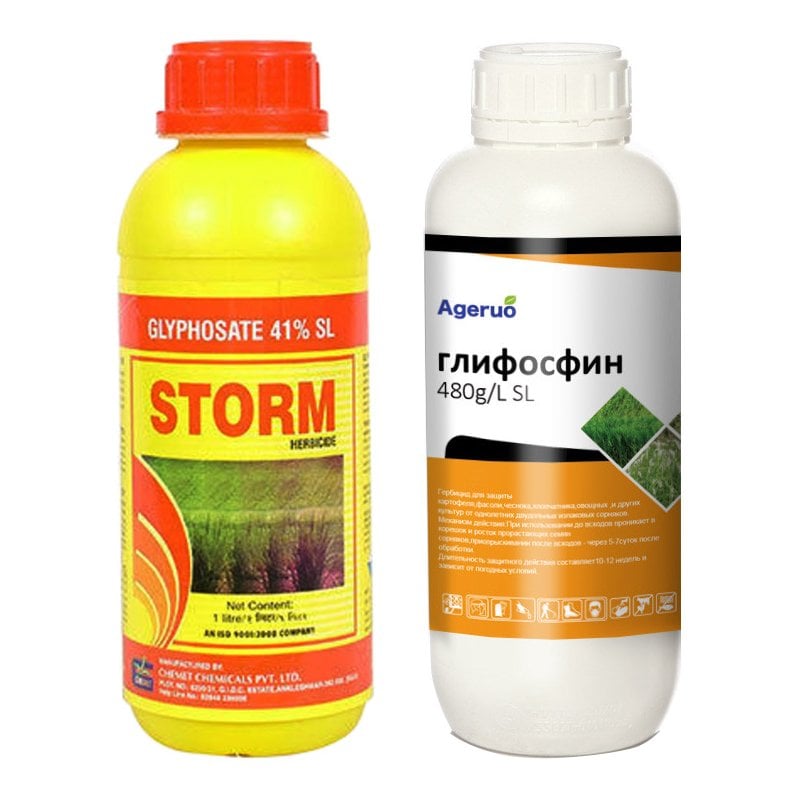Can You Spray Glyphosate After Rain?
Glyphosate is a widely used herbicide in agriculture, horticulture and landscape management. Its effectiveness is closely related to the timing of spraying, the environment in which it is used, and whether proper practices are followed. Many people ask if they can use glyphosate after rain. To answer this question, one needs to understand the properties of glyphosate and how rain affects its action.
How Rain Impacts Glyphosate Application
Glyphosate works by being absorbed through the leaves of plants and translocated throughout their tissues. Rain can influence its efficacy in the following ways:
- Wet Leaves Reduce Absorption
After rain, leaves may remain wet, which can dilute glyphosate and reduce its absorption. For optimal results, it is recommended to wait until the foliage is dry before applying glyphosate. - Dilution and Runoff
If glyphosate is sprayed too soon after rain, excess water on the leaves may cause the herbicide to run off, reducing its effectiveness and potentially contaminating nearby soil or water sources. - Residual Rain Effects
Light rain after application may not significantly impact glyphosate’s performance if it has already been absorbed, but heavy rain shortly after spraying can wash the herbicide off the leaves before absorption is complete.
How Long Should You Wait to Spray Glyphosate After Rain?
The waiting period depends on environmental conditions and plant characteristics:
- Drying Time for Leaves
- Wait 2 to 4 hours after rain for the leaves to dry completely.
- In humid conditions, it may take longer for leaves to dry.
- Weather Forecast Consideration
- If more rain is expected within 6 hours after application, delay spraying to prevent glyphosate from being washed off.
When Is the Best Time to Spray Glyphosate?
- Dry Conditions: Glyphosate is most effective when applied during dry weather.
- Actively Growing Weeds: Apply glyphosate when weeds are healthy and actively growing for better absorption.
- Early Morning or Late Afternoon: Spray during cooler times of the day to reduce evaporation and maximize herbicide absorption.
What If It Rains After Application?
Glyphosate has a rainfast period, which is the time required for the herbicide to be absorbed by the plant and become resistant to being washed away by rain:
- Standard Rainfast Period
- Most glyphosate formulations require a 2 to 6-hour rainfast period. Check the product label for specific details.
- Post-Rain Application
- If heavy rain occurs shortly after application, consider reapplying glyphosate to ensure adequate weed control.
Best Practices for Spraying Glyphosate After Rain
- Ensure Dry Leaves: Avoid applying glyphosate when foliage is wet.
- Monitor Weather Forecast: Plan applications during dry periods with no rain expected for at least 6 hours.
- Use a Surfactant: Adding a surfactant can improve glyphosate’s adhesion to leaves, especially in humid or rainy conditions.
- Reapplication Strategy: If glyphosate is washed off by rain within the rainfast period, assess weed coverage and reapply if necessary.
Conclusion: Can You Spray Glyphosate After Rain?
Yes! Glyphosate can be used after rain, but the key is choosing the right time and conditions. Always wait until plant leaves are completely dry before spraying, and make sure it doesn’t rain again for several hours after spraying. Following these operating points can improve the effectiveness of glyphosate and achieve better weed control.
Glyphosate is a widely used herbicide in agriculture, horticulture and landscape management. Its effectiveness is closely related to the timing of spraying, the environment in which it is used, and whether proper practices are followed. Many people ask if they can use glyphosate after rain. To answer this question, one needs to understand the properties of glyphosate and how rain affects its action.
How Rain Impacts Glyphosate Application
Glyphosate works by being absorbed through the leaves of plants and translocated throughout their tissues. Rain can influence its efficacy in the following ways:
- Wet Leaves Reduce Absorption
After rain, leaves may remain wet, which can dilute glyphosate and reduce its absorption. For optimal results, it is recommended to wait until the foliage is dry before applying glyphosate. - Dilution and Runoff
If glyphosate is sprayed too soon after rain, excess water on the leaves may cause the herbicide to run off, reducing its effectiveness and potentially contaminating nearby soil or water sources. - Residual Rain Effects
Light rain after application may not significantly impact glyphosate’s performance if it has already been absorbed, but heavy rain shortly after spraying can wash the herbicide off the leaves before absorption is complete.
How Long Should You Wait to Spray Glyphosate After Rain?
The waiting period depends on environmental conditions and plant characteristics:
- Drying Time for Leaves
- Wait 2 to 4 hours after rain for the leaves to dry completely.
- In humid conditions, it may take longer for leaves to dry.
- Weather Forecast Consideration
- If more rain is expected within 6 hours after application, delay spraying to prevent glyphosate from being washed off.
When Is the Best Time to Spray Glyphosate?
- Dry Conditions: Glyphosate is most effective when applied during dry weather.
- Actively Growing Weeds: Apply glyphosate when weeds are healthy and actively growing for better absorption.
- Early Morning or Late Afternoon: Spray during cooler times of the day to reduce evaporation and maximize herbicide absorption.
What If It Rains After Application?
Glyphosate has a rainfast period, which is the time required for the herbicide to be absorbed by the plant and become resistant to being washed away by rain:
- Standard Rainfast Period
- Most glyphosate formulations require a 2 to 6-hour rainfast period. Check the product label for specific details.
- Post-Rain Application
- If heavy rain occurs shortly after application, consider reapplying glyphosate to ensure adequate weed control.
Best Practices for Spraying Glyphosate After Rain
- Ensure Dry Leaves: Avoid applying glyphosate when foliage is wet.
- Monitor Weather Forecast: Plan applications during dry periods with no rain expected for at least 6 hours.
- Use a Surfactant: Adding a surfactant can improve glyphosate’s adhesion to leaves, especially in humid or rainy conditions.
- Reapplication Strategy: If glyphosate is washed off by rain within the rainfast period, assess weed coverage and reapply if necessary.
Conclusion: Can You Spray Glyphosate After Rain?
Yes! Glyphosate can be used after rain, but the key is choosing the right time and conditions. Always wait until plant leaves are completely dry before spraying, and make sure it doesn’t rain again for several hours after spraying. Following these operating points can improve the effectiveness of glyphosate and achieve better weed control.








